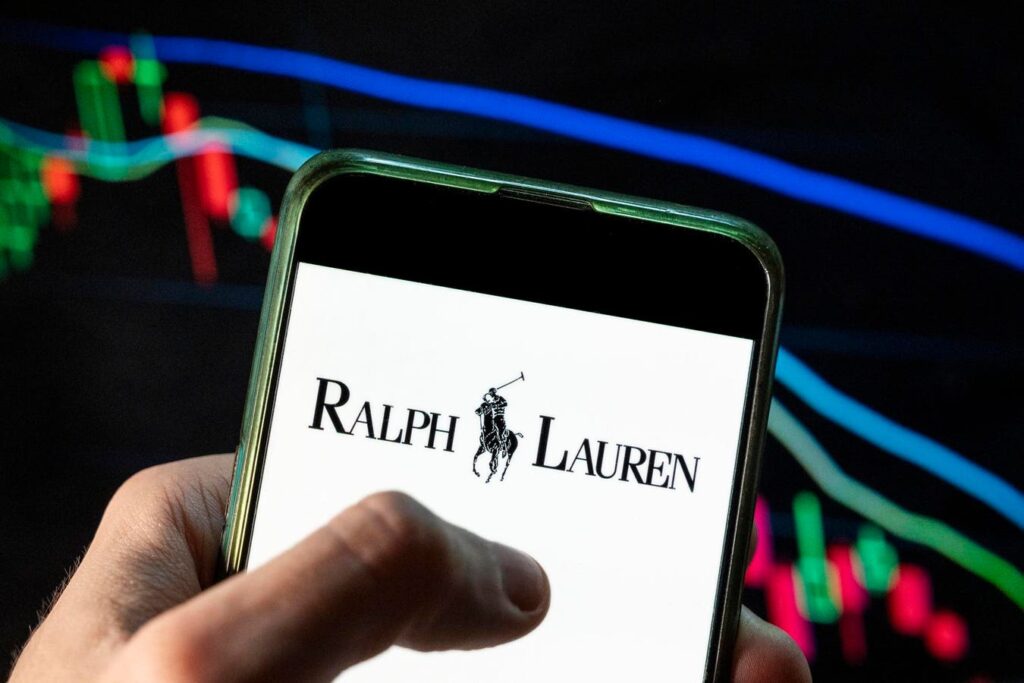Note: Ralph Lauren’s FY’25 concluded in March 2025.
Ralph Lauren (NYSE: RL) is set to disclose its fiscal fourth-quarter earnings on Thursday, May 22, 2025, with analysts estimating earnings of $2.40 per share on $1.65 billion in revenue. This would indicate a 45% year-over-year increase in earnings and a 5% rise in sales compared to last year’s figures of $1.41 per share and $1.57 billion in revenue. Historically, RL stock has risen 63% of the time following earnings announcements, with a median one-day increase of 4.4% and a maximum observed rise of 17%.
The luxury apparel brand has increased its full-year constant currency revenue growth forecast to 6–7% and expects an operating margin improvement of 120–160 basis points. The company intends to maintain marketing expenses at approximately 7% of revenue and is planning to unveil its next-generation transformation initiative in fiscal 2027. For Q4 2025, Ralph Lauren expects 6–7% revenue growth in constant currency terms, along with an operating margin expansion of 120–140 basis points. The company currently has a market capitalization of $17 billion, with trailing 12-month revenue of $6.9 billion, operating income of $926 million, and net income of $705 million.
For event-driven traders, historical patterns may provide an advantage, whether by positioning ahead of earnings or responding to post-release movements. However, if you are looking for upside with lower volatility than single stocks, the Trefis High Quality portfolio offers an alternative, having surpassed the S&P 500 and achieved returns exceeding 91% since its inception. See earnings reaction history of all stocks.
Ralph Lauren’s Historical Chances Of Positive Post-Earnings Return
Here are a few insights regarding one-day (1D) post-earnings returns:
- There are 19 earnings data points recorded over the past five years, with 12 positive and 7 negative one-day (1D) returns noted. In summary, positive 1D returns were observed approximately 63% of the time.
- Interestingly, this percentage rises to 75% when we look at data from the last 3 years instead of 5.
- Median of the 12 positive returns = 4.4%, while the median of the 7 negative returns = -4.8%
Additional information for observed 5-Day (5D) and 21-Day (21D) returns following earnings is summarized in the table below along with their respective statistics.
Correlation Between 1D, 5D, and 21D Historical Returns
A relatively less risky approach (though ineffective if the correlation is weak) is to understand the correlation between short-term and medium-term returns after earnings, identify a pair that exhibits the highest correlation, and execute the fitting trade. For instance, if 1D and 5D display the strongest correlation, a trader could position themselves “long” for the subsequent 5 days if the 1D post-earnings return is positive. Below is some correlation data based on 5-year and 3-year (more recent) history. Note that the correlation 1D_5D refers to the correlation between 1D post-earnings returns and the subsequent 5D returns.
Is There Any Correlation With Peer Earnings?
Occasionally, peer performance can impact post-earnings stock reactions. In fact, the price adjustments may commence prior to the earnings announcement. Here is some historical data regarding the past post-earnings performance of Ralph Lauren stock in comparison with the stock performance of peers that reported earnings just before Ralph Lauren. For a fair comparison, peer stock returns also reflect post-earnings one-day (1D) returns.
Discover more about Trefis RV strategy that has outperformed its all-cap stocks benchmark (a combination of all three, the S&P 500, S&P mid-cap, and Russell 2000), producing strong returns for investors.
Read the full article here
















